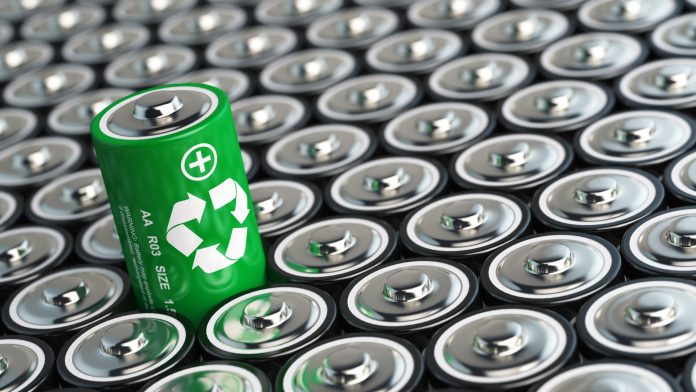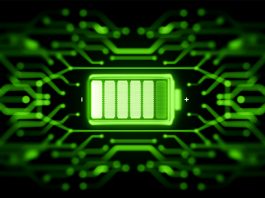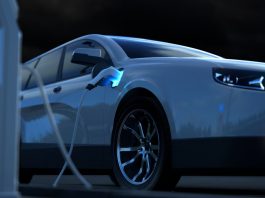Scientists from Tohoku University are optimistic that they have made a breakthrough in creating rechargeable calcium batteries by utilising a new material.
The researcher’s cell concoction is a new fluorine-free calcium (Ca) electrolyte based on a hydrogen (monocarborane) cluster – attained by comprising the coordination structure of Ca cation with a weakly coordinating anion and mixed solvents. The novel energy source in the calcium battery is displaying promising electrochemical performances, such as high conductivity and high electrochemical stabilities.
Advancements in rechargeable calcium batteries have the potential to revolutionise the entire industry, with the standard lithium-ion battery that is universally used having some considerably deep pitfalls. There are not copious amounts of lithium due to it not being naturally plentiful. Factor in that we are reaching their theoretical demand limits of energy density and cost and it becomes abundantly clear that alternative energy sources such as rechargeable calcium batteries are not just a future alternative; they are the future.
Speaking of abundance, that is an aspect in which calcium-based batteries excel, with calcium being the fifth most abundant element in the Earth’s crust; also boasting a metal anode that has a low reduction potential versus a standard hydrogen electrode, with volumetric capacities of mAh cm-3, imbuing it with energy density and cell voltage similar to lithium batteries. The team say they used the hydrogen cluster anion due to its high reductive and oxidative stability, which exhibited excellent stability versus metal anodes such as Li, Na, and Mg. These incredible results demonstrate that calcium batteries could be the natural replacement for lithium batteries, with their impressive high battery performance and economical design making them a sustainable successor.
Kazauki Kisu, the research team leader, said: “A design that incorporates a hydrogen cluster into a Ca electrolyte had not been proposed yet. We were pleased that this turned out suitable for a Ca battery.
“We expect the development of a promising electrolyte candidate based on complex hydrides compatible with Ca batteries will create future opportunities for exploring other related complex hydride compounds such as multivalent electrolytes.”
However, there are still obstacles to be navigated before a world where calcium batteries are universally used is realised. With an insufficiency of suitable electrolytes that possess reductive/oxidative stabilities and high ion conductivities, creating global production is not currently feasible. Nevertheless, the team are confident that their new Ca electrolyte with robust electrochemical performances will be a significant breakthrough for calcium batteries.









